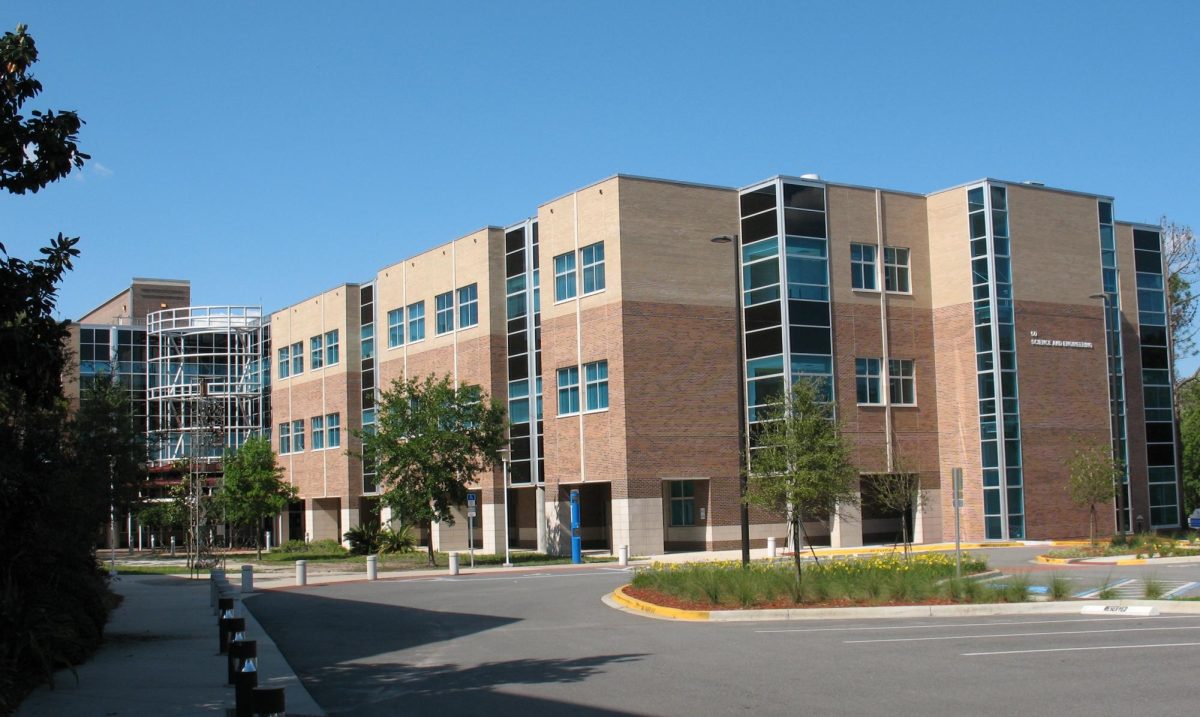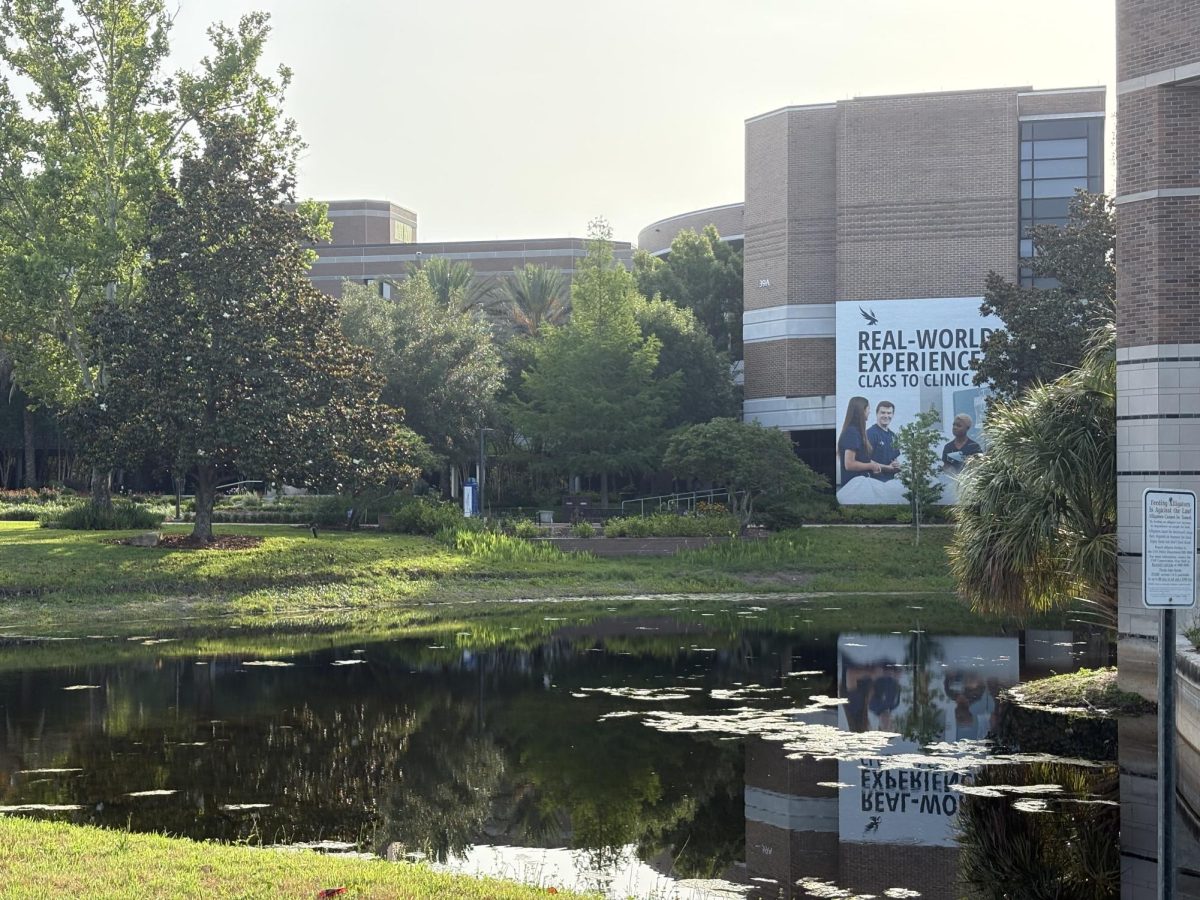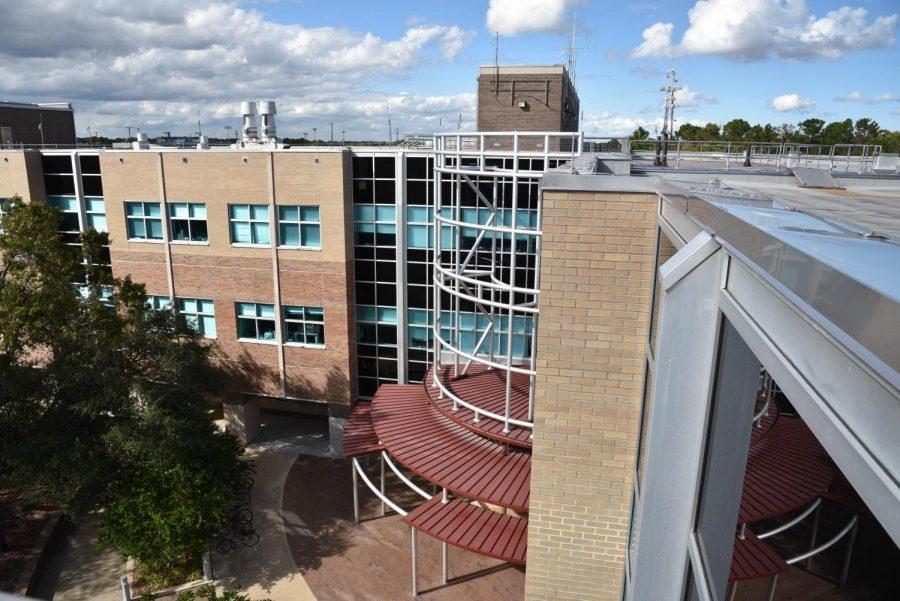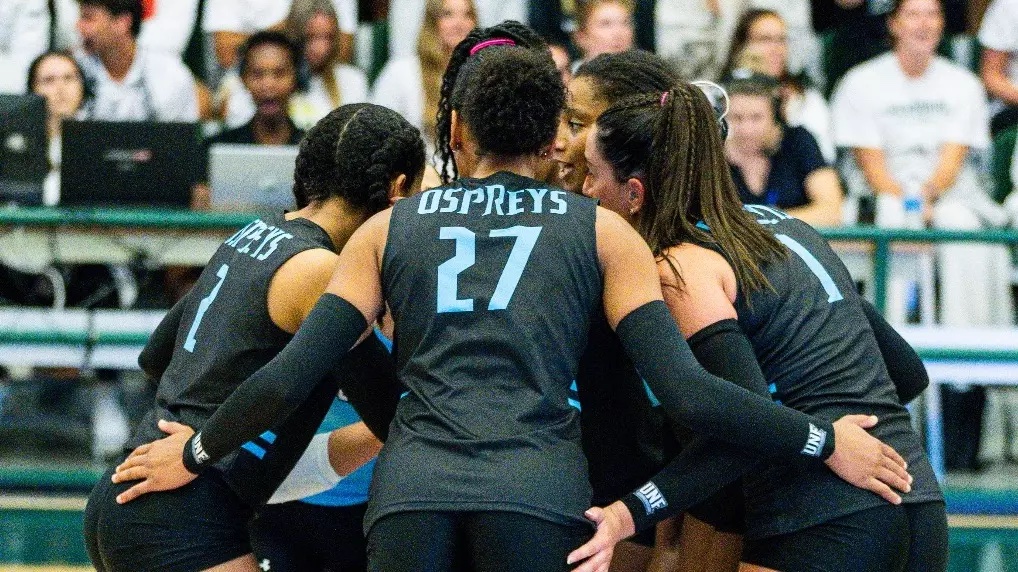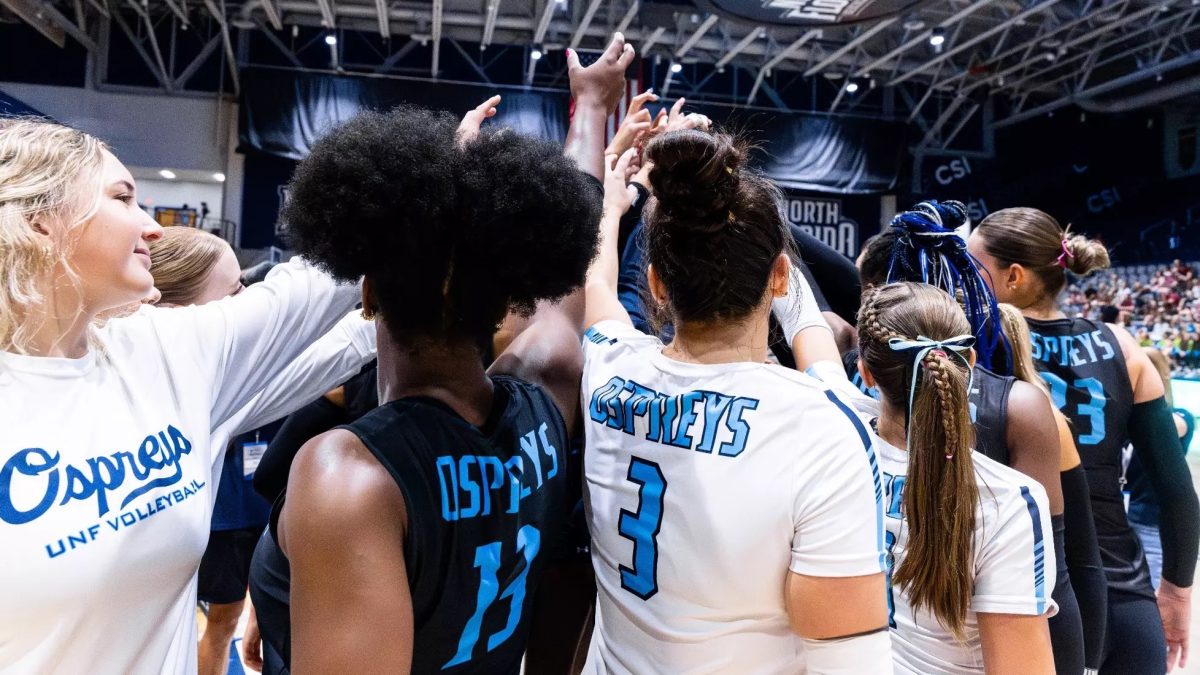It’s been one year since UNF, in a somewhat controversial move, appropriated the Museum of Contemporary Art Jacksonville, and now the Board of Trustees is taking a look at the museum’s progress.
MOCA isn’t out of the woods yet, but things are looking up, said President John Delaney.
“Their operation is almost exactly where we projected it would be, maybe slightly better,” Delaney said.
According to budget approved by the MOCA’s board, the museum is projected to finish the year under budget. However, a loan from UNF made operating under budget possible.
UNF agreed to lend MOCA up to $500,000 to get through the year and then take stock this spring whether or not to continue the partnership, Delaney said.
“If it weren’t for our ability to do the loan, they would be closing the door,” Delaney said.
While MOCA wasn’t technically in the red this year, the loan from UNF means that the museum is effectively operating in a half-million dollar deficit. Government assistance, however, will help alleviate that deficit.
Effective July 1, UNF and the MOCA will receive funding from the state of Florida, called Plant, Operations and Maintenance money, based on the building’s use and square footage.
The MOCA is eligible for PO&M money because areas like the gallery space and lecture halls are used for academics. Similarly, the funds must be used for operating expenses and classroom maintenance. The money can also be used for salaries, said MOCA director Deborah Broder.
UNF will pick up about $450,000 to take care of MOCA and operate the building, almost eliminating the deficit, Delaney said.
The money will account for about 20 percent of the museum’s 1.4 million dollar budget, Broder said.
The MOCA will remain conservative and keep some slack in the budget by not increasing its expenses, she said.
“The following year [2011-2012], we hope the economy will turn, and we’ll get attendance up and sponsorships,” Delaney said. “Then we’ll start paying off the debt and ultimately start paying ourselves back.”
The museum isn’t intended to make profit but break even. If there was profit, it would be used for upkeep, buying more art or putting on more events, Delaney said.
There is, however, a contingency plan in case the museum falters.
If UNF had to shut the MOCA down, it would still own the art. The faculty would weigh in on what to do with the art in such a case. The school would choose to sell all, some or none of the art in order to recoup its losses, Delaney said.
“Right now, I don’t think it’s gonna go that way,” he said. “I think it’s gonna be kind of a permanent marriage.”
UNF’s partnership with MOCA is moving forward.
There were five classes held at the MOCA during the Spring 2010 semester, and there are to be seven offered during the fall, according to Auxiliary Oversight Committee chair Shari Shuman.
Acquiring MOCA may have cost UNF in the short-run, but Shuman said the move was a smart one for UNF academics.
“We have done things, for instance, for the music program like bringing acts to UNF,” she said. “This [acquiring the MOCA] was something for the art and design students.”
Attendance is also up, thanks to the partnership, Broder said.
Almost 50 percent of the people attending events at the MOCA are new or nonmembers, she said.
UNF is also trying to cut a deal with a nearby garage to help facilitate student parking, Delaney said.
There are a number of private lots near the museum, and one public lot adjacent to the building.
The MOCA would like to see parking available for students, but that is up to UNF and, in the case of the public lot, the city, Broder said.




